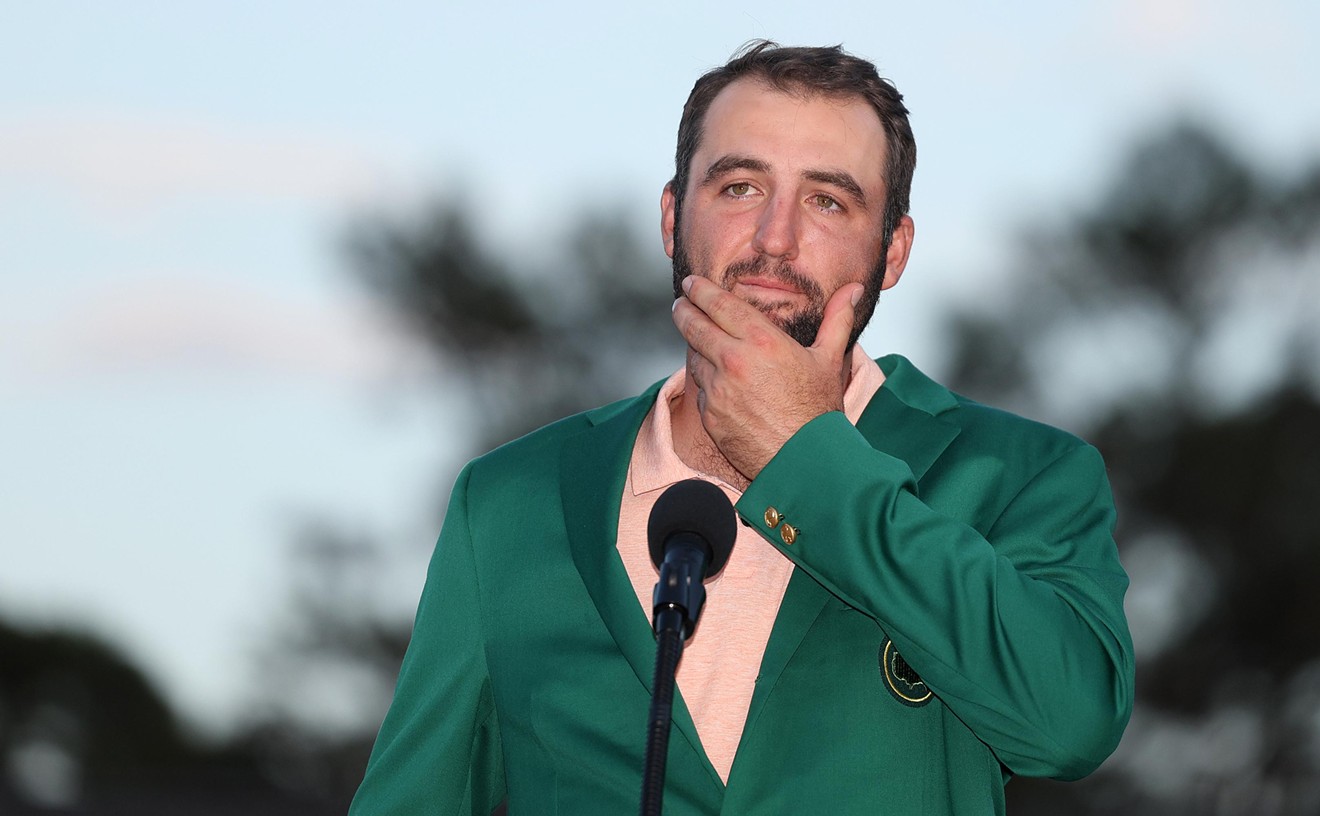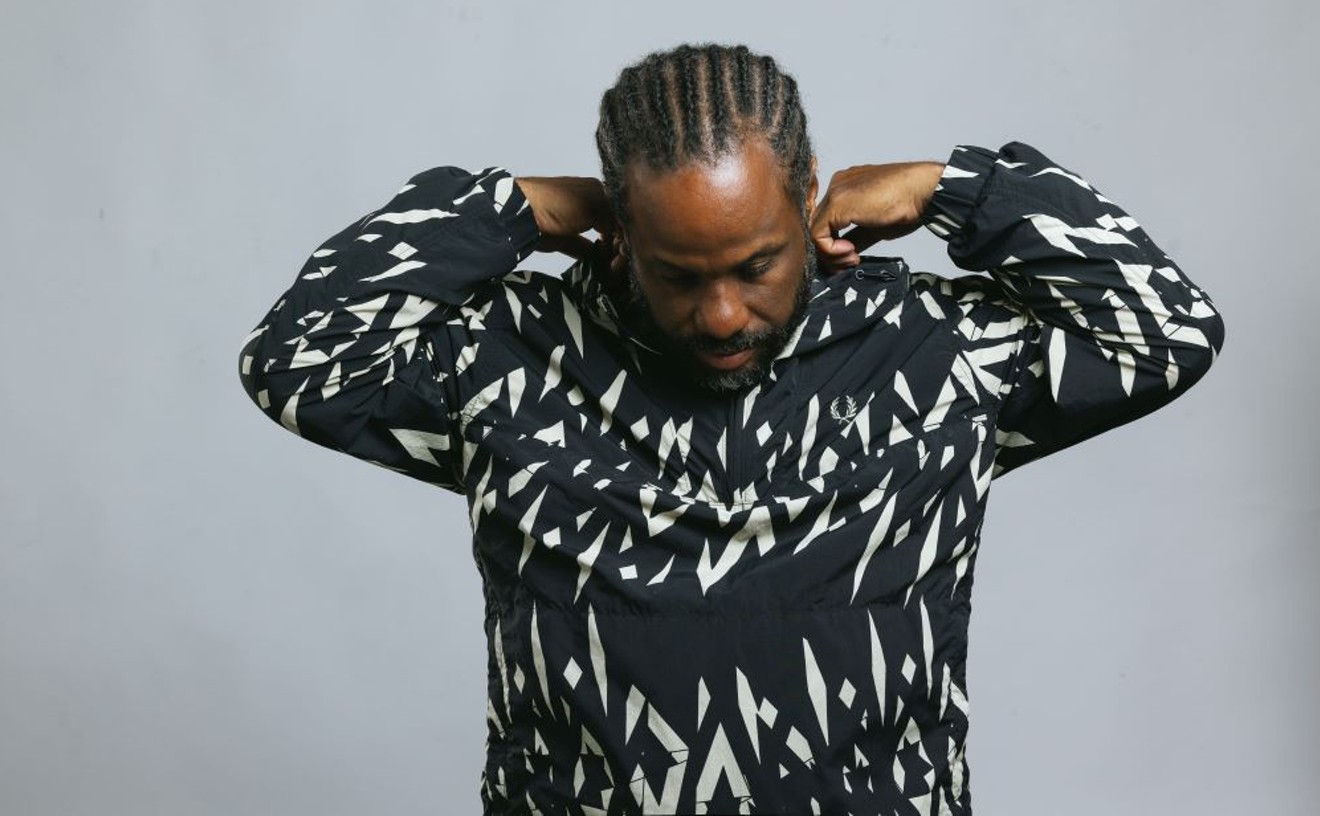Ravenous is a film-shaped UFO: It's so delightfully weird that its very existence defies logic. Imagine a film that makes A Modest Proposal–style satire out of Dracula's gothic horror tropes in the spaghetti western milieu of The Great Silence. It's a pitch-black comedy about Manifest Destiny and cannibal frontiersmen.
Set in the western Sierra Nevadas during the Mexican-American War, Ravenous pits the inhabitants of Fort Spencer, a bunch of Peckinpah-esque misfits reluctantly led by battle-traumatized Boyd (Guy Pearce), against devilishly charming Colqhoun (Robert Carlyle), the sole survivor of a Donner Party–like massacre. The film ends with a drawn-out, quasi-homoerotic murder-suicide precipitated by a man-size bear trap. Simultaneously eerie and silly, Ravenous is not an easy movie to shake off.
Bear in mind, this mostly forgotten, absolutely singular cannibalism thriller is not an avant garde, Ganja & Hess–style work of genre-goulash outsider art. Instead, it was one of 10 films produced and released by Fox 2000 Pictures in 1999, including Fight Club and Never Been Kissed. Fox's generic ad campaign — look out, here come giant, disembodied lips! — suggests that Ravenous was doomed from the start. Apart from having no marquee-worthy stars, it wasn't made by a well-known creative team: Screenwriter Ted Griffin's Ocean's Eleven script hadn't yet been produced, and late director Antonia Bird's most commercial film was (and sadly remains) the Drew Barrymore romantic comedy Mad Love. So it isn't too surprising that Ravenous only grossed one-sixth of its reported $12 million production budget.
Sadly, Shout Factory's new Blu-ray takes after Fox's previous DVD release with a new and even blander poster (Oh no, it's David Arquette's disembodied head!). The new, badly Photoshopped cover isn't nearly as attractive as recent releases like Darkman or Sleepaway Camp, both of which feature new, Drew Struzan-esque poster art. But Ravenous, an accomplished and deeply strange horror film, is leagues better than either of these fine, flawed curios. It deserves a bigger audience, and really has to be seen to be believed.
The film starts by pulling the rug out from under viewers in its very first scene. An intertitle juxtaposes Friedrich Nietzsche — "Whoever fights monsters should see to it that in the process he does not become a monster" — with an anonymous aphorist: "Eat me." Apart from establishing just how much of a smart-ass Griffin is, these two quotes establish the film's main concern: No matter how much he may deny it, Boyd, a meek but contrite loner, is just as bad as Carlyle's Colqhoun, a proudly self-absorbed killer who will do anything to survive.
Like Boyd and the other Fort Spencer residents, Colqhoun is sick, lonely, and hungry. He slaughters and devours a group of settlers after hearing Native American stories about the "wendigo," a superhumanly strong, spirit-devouring monster. Later, Colqhoun insists to Boyd that he chose to eat human flesh. That cavalier attitude toward murder troubles Boyd, who survived the war by pretending to be a corpse. Through gruesome flashbacks, Boyd remembers how it felt to be trapped at the bottom of a pile of dead soldiers. Colqhoun's cowardly actions remind Boyd of how traumatizing his own character-defining act of self-preservation was. When faced with a monumental choice of fight or flight, both men are consumed by fears of dying painfully in a hostile, and very lonely place. In order to live, they must either kill or hide.
Still, before Boyd accepts that he is like Colqhoun, Ravenous's tone abruptly shifts from sincere horror to hilariously dry humor and back. These alternating tones clash fiercely in the scene where Colqhoun reveals his true nature. After twitching and cowering helplessly, Colqhoun effortlessly slaughters Boyd's company, savagely gutting, shooting, and eating them. Carlyle's nervous energy sets the scene's pace. He skulks, and shivers until he turns on a dime, and runs down his victims with deranged zeal. That sudden shift from blood-soaked horror to slapstick comedy is reflected in Michael Nyman and Damon Albarn's excellent score, which suddenly pitches from a portentous orchestral piece to manic fiddle-driven Appalachian music. The scene ends with Boyd escaping Colqhoun by jumping off a cliff.
If Colqhoun is a paradoxically fearsome cartoon character, it's only because Ravenous thrives on grotesque, contradictory ideas. He mockingly tells Boyd that "morality is the last bastion of a coward," but only after he rationalizes his own cannibalism with a Benjamin Franklin quote: "Eat to live, don't live to eat." Colqhoun personifies the schizoid disconnect Boyd feels whenever he remembers faking his own death. Boyd's memories are represented through fragmented flashbacks that are also the film's most earnestly horrifying scenes. By contrast, Colqhoun, a direfully funny monster, personifies Boyd's post-traumatized present. Carlyle does an amazing job of being simultaneously threatening and absurd. He's hysterically flustered after he's caught licking another man's gut wound. And he oozes restrained maliciousness when he curses himself for stealing an unloaded gun: "That is so annoying . . ."
Bird and Griffin make it impossible to neatly disavow Colqhoun's actions. In fact, Boyd demonstrates how easy it is to follow in Colqhoun's footsteps when Boyd, midway through the film, eats one of Colqhoun's victims in order to save himself. Like Colqhoun, who suffered from tuberculosis, Boyd is fighting for survival when he resorts to cannibalism. He doesn't seem to have any other option after he tumbles down a hill, and presumably breaks several bones by falling into a pit. So Boyd eats to live, and makes Colqhoun's point for him.
As Boyd lays dying, Bird gently baits viewers by subliminally reminding them of Dracula. In her audio commentary, Bird says she wanted to bring the Count to mind with "tongue-in-cheek" iconography, specifically wolves howling nearby, and a yellow crescent moon overhead. But these iconic images encourage viewers to jump to conclusions that are never warranted. There are no supernatural monsters in Ravenous, only comically desperate loners looking for strength in all the wrong places.










